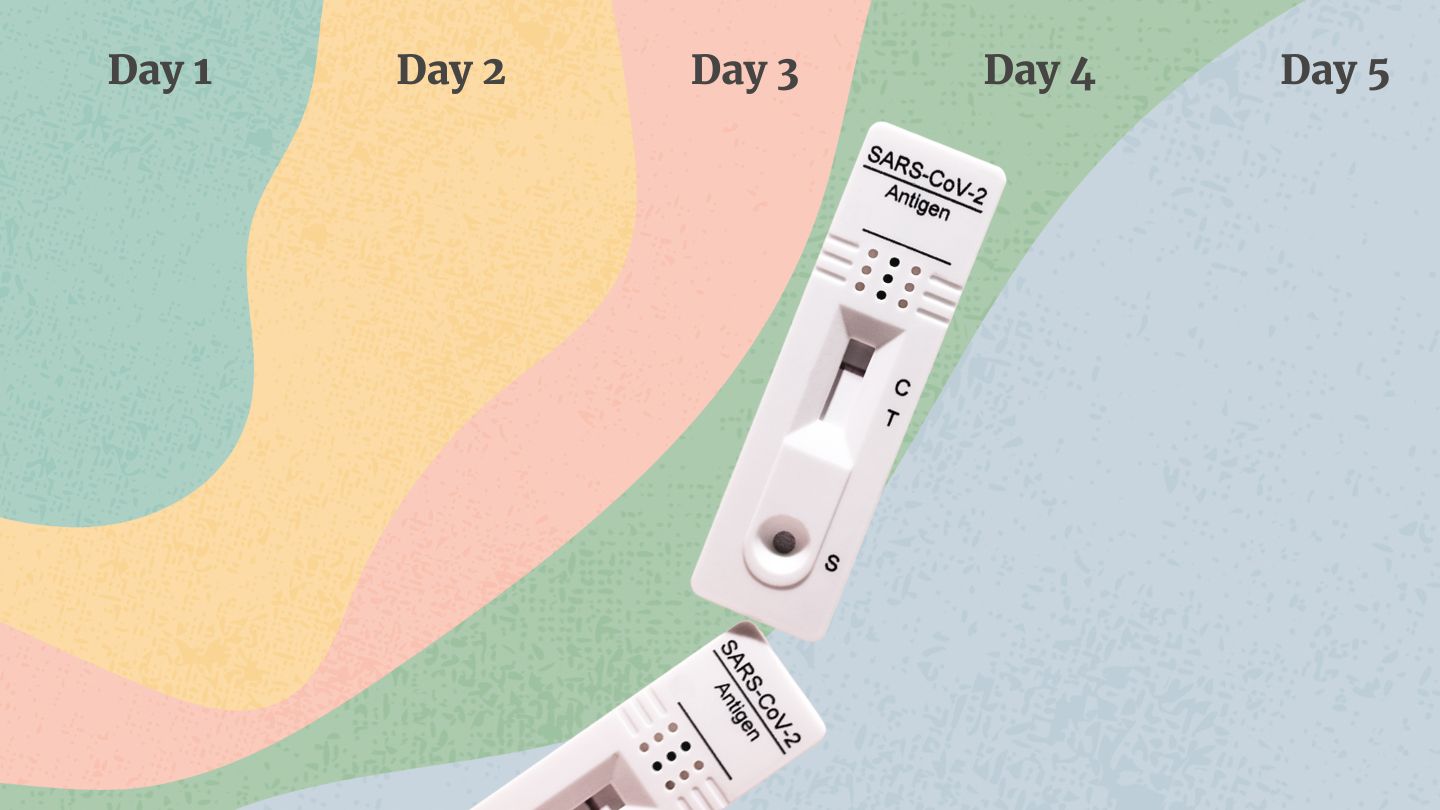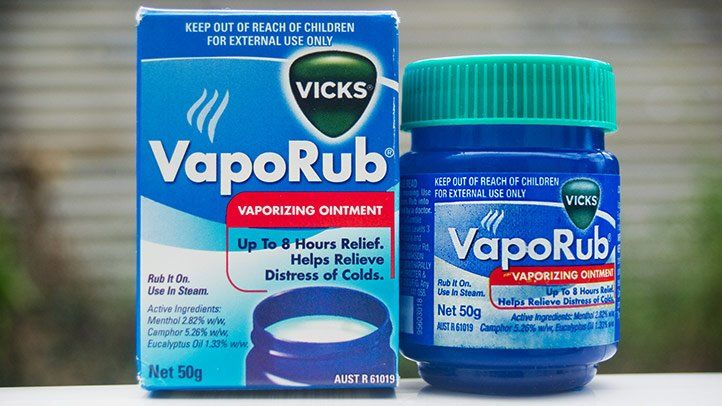An Overview of Black Mist Irrigation Systems
Black mist irrigation, sometimes called micro-spray irrigation, is an innovative watering method used for trees, shrubs, vines, and row crops. This type of irrigation produces a fine, cool mist that efficiently waters plants while reducing water loss. Black mist systems offer benefits over other irrigation options, but also have some downsides to consider.
What is Black Mist Irrigation?
Black mist irrigation gets its name from the ultra-fine, fog-like spray it emits. It works by pumping water through a flexible hose line at high pressure - typically between 300-600 PSI. The line feeds specialized micro spray heads that atomize the water into micron-sized droplets around 50-150 microns in size.
This creates a very light, cool mist that coats vegetation with a thin film of moisture. The tiny droplets evaporate rapidly, cooling the air by up to 30 F. The black descriptor refers to how the mist appears darker than the surrounding air.
How Black Mist Irrigation Works
Black mist systems include:
- Pump - Provides optimal water pressure
- Filters - Removes debris that could clog heads
- Main line - Large hose that feeds the system
- Micro spray heads - Emits fine high-pressure spray
- Valves - Controls which irrigation zones turn on/off
- Controller - Automates when the system runs
The pump sends water through the main line and out specialized nozzles that atomize it into a super-fine mist. The mist quickly evaporates, forming a cooling humidity while gently watering plants. Systems can be automated with timers and moisture sensors.
Benefits of Black Mist Irrigation
Compared to sprinklers or drip irrigation, black mist offers advantages like:
- Cools plants, reducing heat stress
- Increased humidity boosts growth
- Wets foliage evenly with less runoff
- Penetrates dense foliage better than sprinklers
- Uses less water than traditional irrigation
- Low precipitation rates reduce fungus, mold, and disease
- Can target water only where needed
Applications for Black Mist Irrigation
Black mist systems work well for:
- Vineyards - Cools grapes, prevents sunburn
- Fruit orchards - Humidity increases fruit size
- Nurseries - Ideal for propagation areas
- Greenhouses - Controls humidity levels
- Vegetable gardens - Targeted watering avoids fungus
- Landscapes - Less water usage than sprinklers
Drawbacks of Black Mist Irrigation
Disadvantages to consider include:
- High initial equipment costs
- Installation complexity compared to simpler systems
- Filters and nozzles require frequent maintenance
- Not suitable for all climates or water conditions
- May encourage mold growth if not properly maintained
- Small droplets may drift in windy conditions
Designing an Effective Black Mist Irrigation System
Careful planning ensures black mist irrigation meets your needs while minimizing drawbacks.
Assessing Water Requirements
Consider factors like:
- Type of vegetation being watered
- Spacing and density of plants
- Climate conditions like rainfall, humidity, and temperature
- Soil type and drainage
- Water quality and chemical properties
- Water access and supply constraints
This helps determine how much water plants need and what flow rates and run times the system requires.
Accounting forEnvironmental Factors
Look at elements like:
- Wind speed and direction
- Sun exposure and shaded areas
- Elevation changes
- Frost pockets
- Natural rain and humidity
- Peak heat times of day
Mist nozzles can be positioned to account for wind drift. More sun exposure means more cooling needed. Adjust irrigation schedules around natural precipitation.
Choosing Components
Select parts suited to:
- Water supply: Well, municipality, reclaimed
- Water quality: Filters for debris removal
- Pressure needs: Pump size and capacity
- Zoned watering: Valves and irrigation blocks
- Automation: Smart controllers available
- Plant types: Fixed spray nozzles or rotary options
This optimizes efficiency and ensures the system provides the right amount of targeted water and cooling.
Maintenance Requirements
Prevent issues through:
- Routine filter flushing
- Nozzle cleaning to prevent clogging
- Monitoring for leaks
- Checking emitter functionality
- Adjusting based on weather changes
- Watching for buildup of salts, minerals, algae
Proper maintenance safeguards your investment and keeps the system working efficiently.
Installing a Black Mist Irrigation System
Professional installation is recommended to ensure optimal performance and avoid problems. But you can tackle a DIY system for a small home garden if you plan carefully.
Design Layout
Map out:
- Location of plants to be watered
- Water lines and control valves
- Positioning of mist nozzles
- Controller and accessory locations
- Service access areas
This will guide the installation work.
Assembling Components
Gather all necessary pieces:
- Pump, filters, and fittings
- Main and branch polyethylene lines
- Micro spray jets
- Valves, timers, humidity sensors
- Tools for cutting, connecting, mounting
Have everything on hand before starting. This avoids delays.
Digging and Mounting
Bury main lines deep enough to avoid damage. Attach mist heads on risers secured into the ground or other solid mounting points. Consider height and angle to achieve optimal coverage without excessive drift.
Connecting and Testing
Follow diagrams to connect all components properly. Pressure test the system and check for leaks before backfilling lines. Adjust nozzles as needed for proper coverage. Test automation functions.
Completion and Maintenance
Finish by securing lines and refilling trenches. Run through several test cycles before regular operation. Follow all maintenance guidelines to keep the system working properly long-term.
Using Black Mist Effectively in Specific Applications
With the right approach, black mist can benefit many scenarios.
Greenhouses
Greenhouses need fine humidity control. Mount mist heads above plants or walkways to achieve even coverage. Use screens to prevent wetting foliage. Monitor humidity level and adjust run times accordingly.
Nurseries
Cooling benefits young plants. Use mist nozzles with a rotation range to hit more plants. Water early in the day to allow drying. Ensure proper drainage to avoid overly soggy soil.
Orchards
Orchards can use black mist supplementally between rows, while using drip irrigation for trees. Alternate misting areas to distribute cooling. Schedule brief, frequent cycles during peak heat. Inspect fruit regularly for any moisture-related disease.
Vineyards
Grapes need light, consistent moisture during growing and ripening. Position mist heads to target the fruiting zone between the cordons. Limit leaf wetting to discourage mildew. Check grape clusters for residue buildup.
Row Crops
Low-lying vegetables can benefit from targeted misting during dry, hot spells. Use part-circle nozzles to hit rows without wasting water on aisles. Schedule short cycles to refresh plants without saturating soil.
With smart design and proper maintenance, black mist irrigation provides an efficient way to water and cool plants in many settings. Pay close attention to specific needs to maximize benefits while avoiding potential pitfalls.
FAQs
What is black mist irrigation?
Black mist irrigation uses high water pressure through specialized nozzles to create a super-fine, fog-like spray that efficiently waters plants while evaporatively cooling them.
What are the main components of a black mist system?
Main parts include a pump, filters, main distribution line, micro spray heads, valves, and an electronic controller.
What are some benefits of black mist irrigation?
Benefits include evaporative cooling, increased humidity for growth, even water coverage, less water usage, disease reduction, and targeted application.
What maintenance does a black mist system require?
Frequent maintenance like filter flushing, nozzle cleaning, leak checks, and monitoring for buildup is needed to keep the system working properly.
What are some good uses for black mist irrigation?
It works well in vineyards, orchards, nurseries, greenhouses, vegetable gardens, and landscaping that needs cooling and humidification.
Disclaimer: This article is for informational purposes only and does not constitute medical advice. Always consult with a healthcare professional before starting any new treatment regimen.
Related Coverage
Learn techniques for easily figuring out what day will be 5 days from any starting date. Methods using calendars, apps, sites and calculators to count weekdays and weekends....
Yellow mucus meaning can signal your immune system at work. Learn what color changes say about infections, allergies, and when to see a doctor....
Find out the true Tamiflu cost 2025, compare brand vs generic, and learn tips to cut your out‑of‑pocket expenses by up to 50%....
Discover the debate surrounding the use of Vicks VapoRub on cold sores, as researchers raise concerns about its ingredients and potential side effects....
Ear infections can lead to sore throats since the ears and throat are connected. Learn why it happens, when to see a doctor, and how to find relief....
Organic cough remedies like honey, ginger tea and eucalyptus provide soothing relief without dyes, alcohol or additives. Learn to make your own organic cough medicine....
Relieve coughs caused by colds, allergies, and irritants with the natural power of onions and honey. Discover easy homemade syrups, teas, lozenges, and more....
Upper respiratory infections like colds, flu, and strep are highly contagious. Learn how they spread, treatment options, and precautions to avoid transmitting illness....
Learn about the risks and benefits of using Vicks VapoRub in bathwater. Understand safety concerns over camphor and other ingredients when heated and inhaled....
Ear pain has many causes including infections, swimmer's ear, TMJ and more. Learn the symptoms of ear infections and how to treat and prevent them properly....








